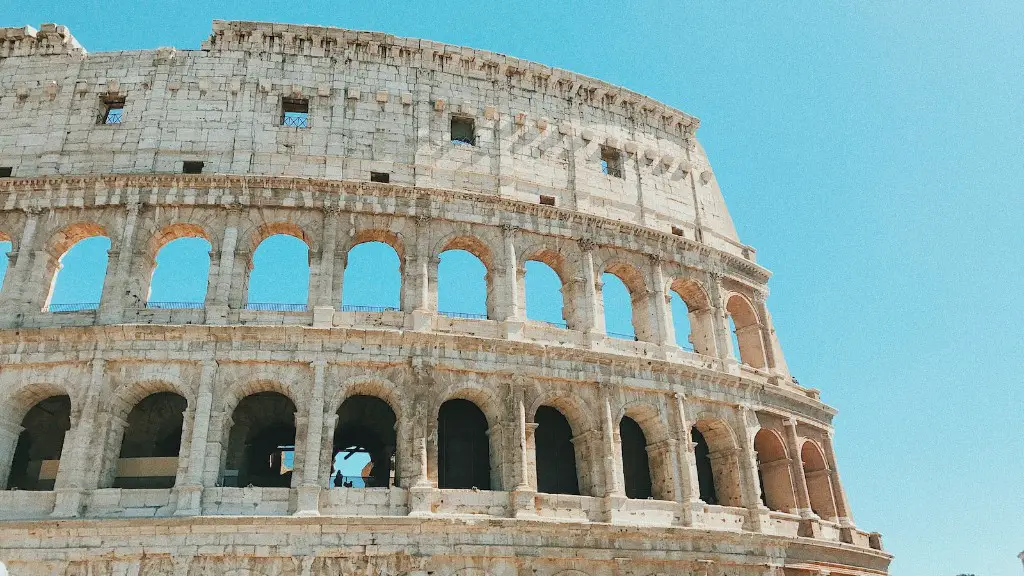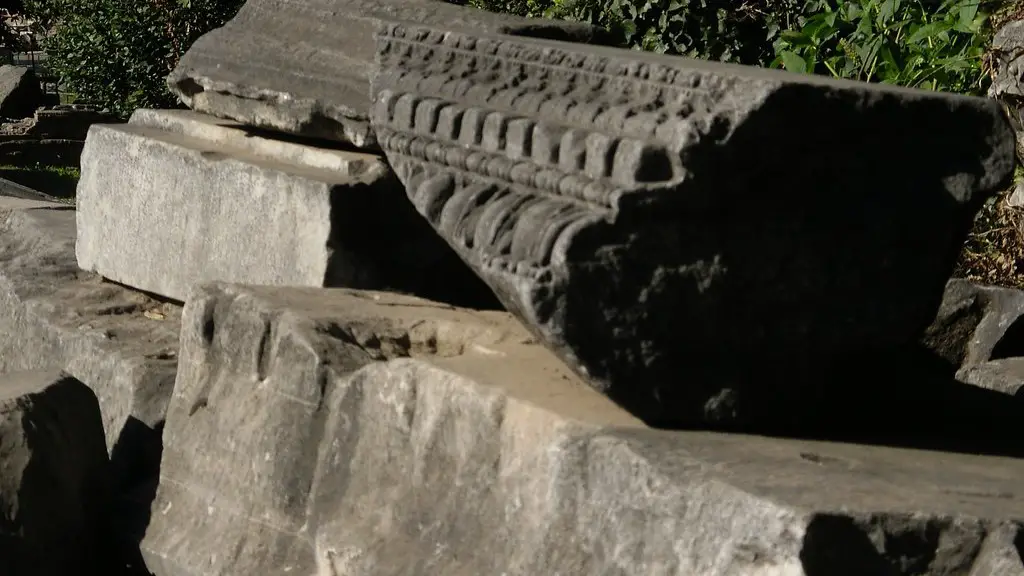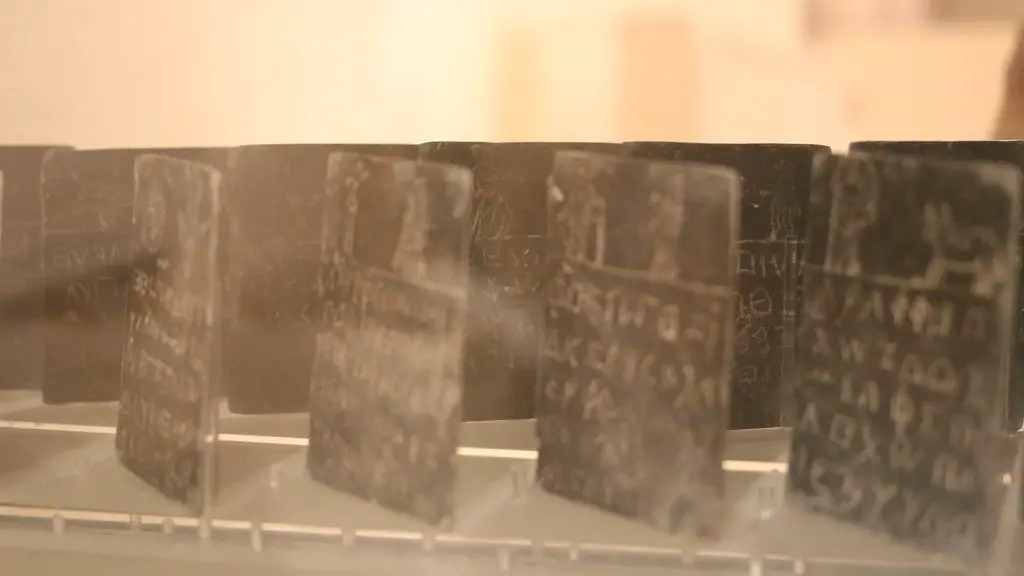Rome’s Extensive Use of Glass
Ancient Rome was renowned for its use of various materials, from marble to clay, however glass also was an integral part of Roman life and culture. Glass played a central role in everyday life and impacted many aspects, from luxury goods to architecture.
The glass industry in Rome flourished during the Imperial period, as Italian natron and silicate sand were used in the creation of glass. This enabled the production of intricate objects of stunning craftsmanship, including vessels that could be both functional and decorative.
Fragments of mosaic glass, and evidence of other glass production, suggests that the Romans were well aware of the potential and value of glass. It had a wide range of applications, including in domestic vessels, as a practical, decorative material applied to all types of objects, and as a medium for artistic expression.
Glass Used in Ancient Rome’s Housing
Its use in domestic housing is particularly interesting, as the techniques used for creating stained glass for windows, decorative facades, and mosaics all demonstrate the varied applications of glass.
In the homes of wealthier citizens, glass windows or stained glass were utilized in the form of translucent tiles to give the impression of stained glass. This type of glass windows was often intricately made and could include various illustrations or writing.
Glassmaking for Ornamental Use
Roman glassmakers also utilized their glassmaking prowess for ornamental purposes. This included making vases and other decorative items such as glass beads, which were often used as bracelets and necklaces to adorn clothing.
In addition, there are plentiful examples of Roman glass lamps that used oil and wick, as well as incense boxes made of glass.
In more opulent settings, Roman glassmakers created pieces of art, including sculptures and paintings in glass. At the time, these pieces were of immense value, and were used to signify wealth and social standing.
The Universal Impact of Glass
The use of glass in Ancient Rome reflects its widespread usage across different aspects of life, which could also be seen in contemporary societies, from Japan to China. glass had a major impact on Roman civilization and culture, and its influence is still hugely visible today.
The Artisans of Glass
The craftsmanship and skill of Roman glassmakers is often overlooked in the face of more famous artists of antiquity. However, glassmakers at the time were renowned and highly skilled in their own right. Ingenuity and technical skill were often on display in their work, from the manipulation of glass to the application of glass to various objects of desire.
The Diversity of Glass
In addition, the wide range of materials used in glassmaking was also remarkable. Roman glass was made with natron, silicate sand, and arsenic, among other minerals. The use of these varied materials allowed glassmakers to produce glass of different hues and textures, as well as multifaceted shapes that reflected the craftsmanship and creativity of its makers.
Glass and Social Prestige
Roman glass was a reflection of the social order and was seen as a means of marking one’s place in the hierarchy. While glass wasn’t limited to the wealthy classes, most of the examples that have survived to this day were made for the upper classes.
Glass, then, was a symbol of an elite few, and those who owned any would be seen as having achieved a higher status in Roman society. Glassmakers were also valuable members of society, as the production of glass was seen as an important element of Roman life.
Glass in Everyday Life
Glass was very much part of everyday life in Ancient Rome, and was used in almost every aspect of life. Glass was used in food and beverage vessels, to make jewelry, as a decorative material, and even in the construction of buildings.
In addition, sight and sound were often aided by glass, as windows were adorned with glass tiles as decorative features, and incense boxes helped to mask particular odors. Glass in ancient Rome was a source of beauty, utility, and power.
The Preservation of Roman Glass
Roman glass has survived for millennia, in part due to its durability. It is also highly resistant to weather conditions, and thus, has preserved its dramatic hues and intricate details. This has enabled us to appreciate the skill and craftsmanship of Roman glassmakers two thousand years later.
Though much of the glass produced in Ancient Rome has been lost to time, the wonderful artistry and creativity remain, as we continue to be fascinated by the stunning creations made by Roman glassmakers.


